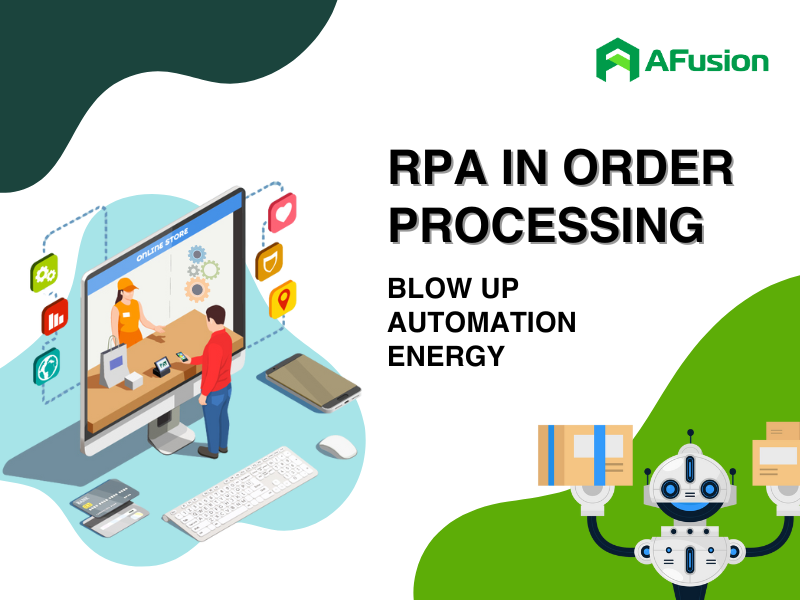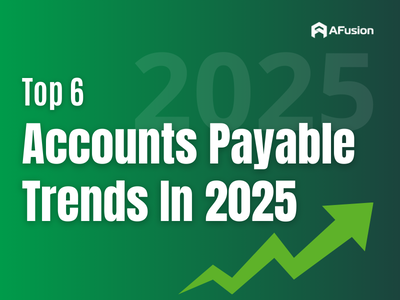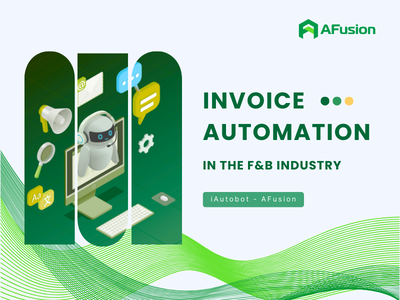Resources > Blog > 42> What Is ERP Integration?
What Is ERP Integration?
Definition of ERP and ERP Integration
Enterprise Resource Planning (ERP) is a management software system designed to coordinate and optimize organizational activities. It integrates critical functions such as supply chain management, customer relationship management (CRM), and finance, enabling businesses to operate more efficiently through automation. Serving as a central platform, ERP facilitates synchronized work across departments, reducing complexity in process management.
ERP integration enhances the capabilities of the resource planning system by connecting business applications, from financial systems – rated as the most critical function by 89% of survey participants to other platforms. It creates a unified data source, enabling real-time tracking and analysis. This transformation of raw data into strategic insights supports swift decision-making and boosts overall operational performance.
The core objective of ERP integration is to ensure seamless data flow between systems, functioning as an intelligent coordination hub. By linking departments from marketing to production, ERP provides a clear, comprehensive overview, optimizing resources and adapting flexibly to market demands. This not only strengthens internal collaboration but also enhances competitiveness in a challenging business environment.
Benefits of ERP Integration
ERP plays a vital role in enhancing business efficiency and competitiveness. By integrating with systems like CRM, e-commerce, or supply chain management, ERP enables seamless data flow, significantly reducing manual data entry and errors. This leads to more efficient operations, better decision-making, and clearer insights into business performance through real-time data. Additionally, ERP automates common financial tasks, delivers more accurate forecasts, and allows CFOs and managers to focus on long-term strategies. When choosing or upgrading an ERP, businesses must ensure it integrates well with existing tools to maximize connectivity.
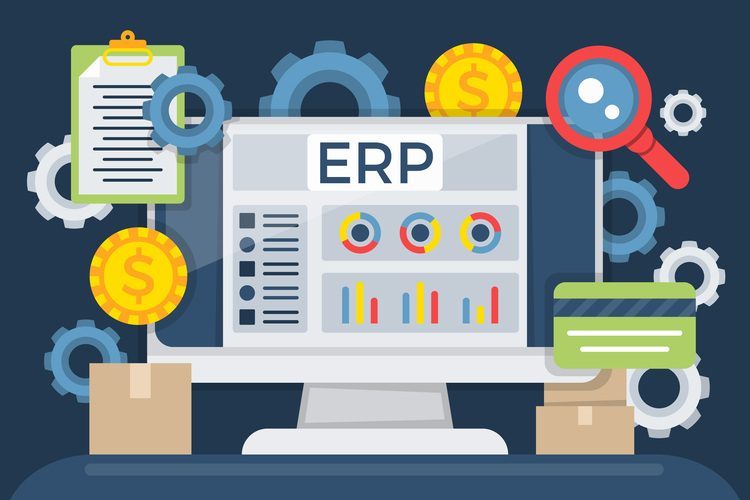
Reduced Costs Through Automation of Manual Tasks
It’s no secret – manual data entry is time-consuming, error-prone, and wasteful, disrupting business operations. ERP serves as a platform for integrated automation, streamlining manual tasks to significantly cut operational costs and enhance data accuracy. From automatically generating and approving invoices to real-time inventory updates and order processing, ERP eliminates repetitive processes, saving hours of work and minimizing human errors. Operating 24/7, ERP ensures seamless and accurate data transfer across departments.
For instance, when an order is placed, the system updates inventory, notifies logistics, and generates an invoice without manual intervention, speeding up customer response times, reducing staffing costs, and minimizing error-related expenses. By automating industry-specific processes like supply chain management or financial reporting, ERP optimizes resources, boosts performance, and supports long-term growth strategies, maintaining a competitive edge in a dynamic market.
Centralized, Synchronized, and Accurate Real-Time Data Integration
Making fast, accurate decisions based on real-time data is crucial for sustainable business growth. ERP systems offer a breakthrough by collecting, aggregating, and analyzing data in real time, creating a unified organizational knowledge base. Instead of fragmented data across departments – causing redundancy, delays, and inefficiencies – ERP consolidates all data into a central platform. This enables teams in marketing, sales, and finance to access, share, and leverage information, providing a holistic view of resources, performance, and business needs.
Advanced business intelligence (BI) tools in ERP transform raw data into valuable insights, such as market trend predictions for sales or optimized supply chains for production. Finance teams benefit from real-time cash flow tracking, ensuring strategic decisions are data-driven. By eliminating siloed data, ERP reduces waste, fosters innovation, and enhances operational efficiency, empowering businesses to act faster, smarter, and stay ahead in a rapidly evolving market.
Reduced Human Errors, Improved Efficiency
Human errors are inevitable in business operations. ERP, as a robust integrated platform, automates processes to eliminate these errors, delivering accurate and reliable data. Automated reports from ERP achieve optimal reliability, providing precise information for swift decision-making. By replacing repetitive tasks with automated workflows, ERP ensures seamless, synchronized data processing across departments, mitigating risks from inaccuracies. This streamlines operations and enhances overall efficiency.
Common Challenges in ERP Integration
Cost and Time of Implementation
Implementing an ERP system involves significant costs and time, posing challenges, especially for small and medium-sized enterprises. Costs include software, consulting, training, and customization, while implementation can take months, potentially disrupting operations if poorly managed. However, cloud-based ERP solutions reduce initial costs and shorten deployment times. With a clear plan, ERP delivers substantial benefits through automation and process optimization, offsetting initial investments and enhancing long-term competitiveness.
Difficulty Integrating with Legacy Systems
Employee Resistance and Non-Cooperation
Employee resistance is a common hurdle during ERP implementation, driven by fear of change or lack of understanding of the new system. Staff accustomed to legacy processes may worry about job security or struggle with new technology, slowing deployment and causing errors. Overcoming this requires robust training and internal communication to highlight ERP benefits, like reducing repetitive tasks. Timely support fosters efficiency and employee satisfaction, driving sustainable growth.
What Are ERP Integration Methods?
ERP integration can be achieved through cloud-based or on-premises software, depending on business needs and infrastructure. Common integration methods include:
- Point-to-Point Integration: Direct connections between two systems.
- API Integration: Using application programming interfaces to link systems.
- ESB (Enterprise Service Bus) Integration: A middleware platform managing connections.
- iPaaS (Integration Platform as a Service): Cloud-based services for application integration.
How Does Accounts Payable Automation Improve ERP Integration?
Accounting is rated as a core ERP function by 89% of survey respondents, with features like general ledger (GL), accounts receivable (AR), accounts payable (AP), budgeting, and financial reporting driving business success. Managing finances from revenue and expenses to sales analysis is critical. As businesses scale, handling areas like CRM, inventory, and production grows complex, requiring robust ERP solutions to synchronize data and optimize processes.
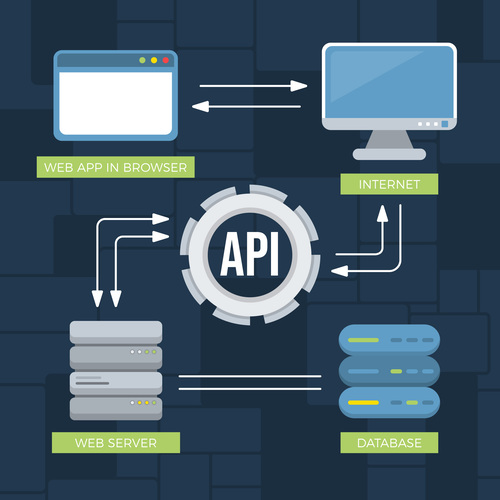
sda



 Previous Post
Previous Post